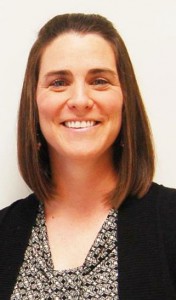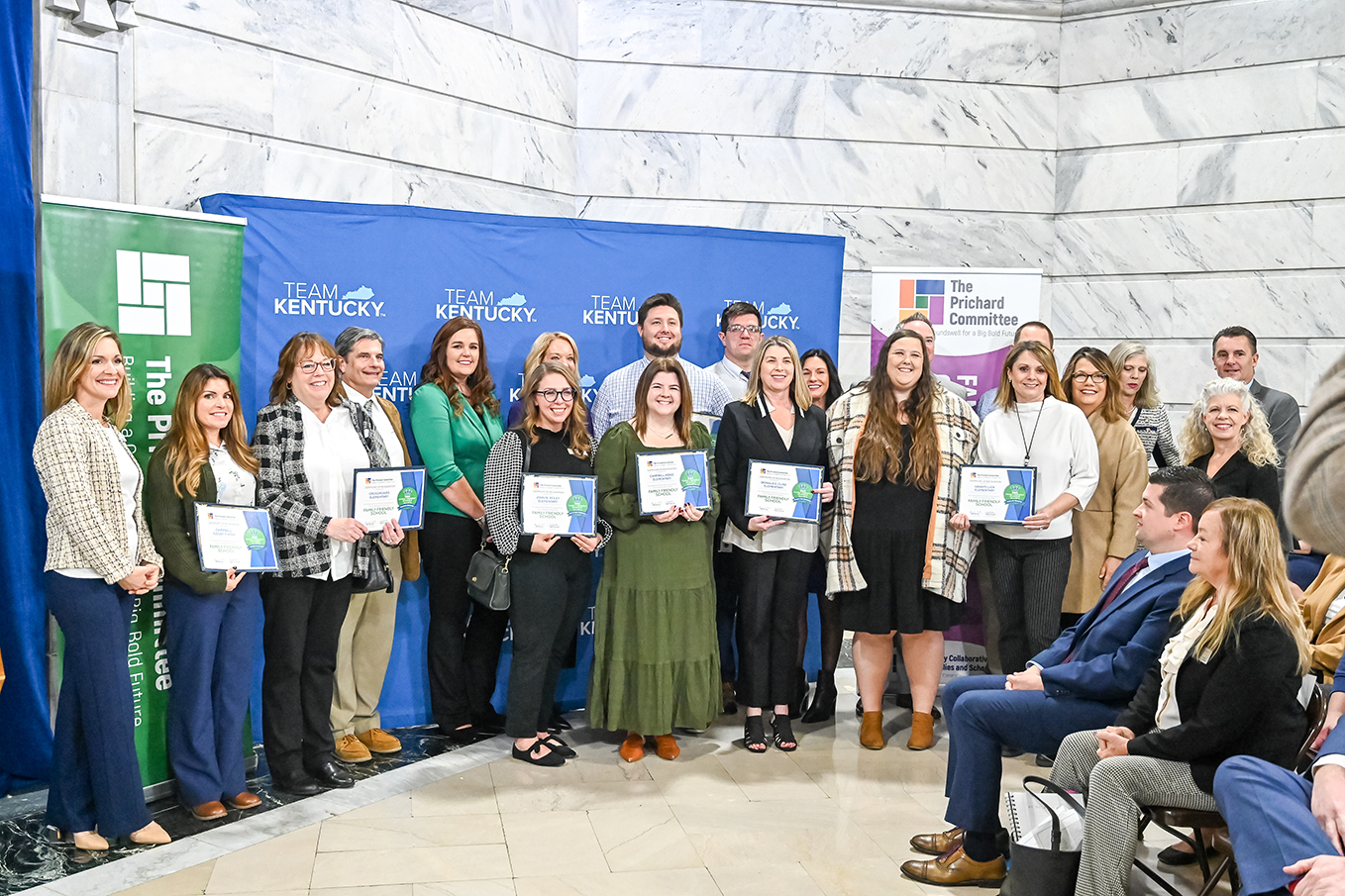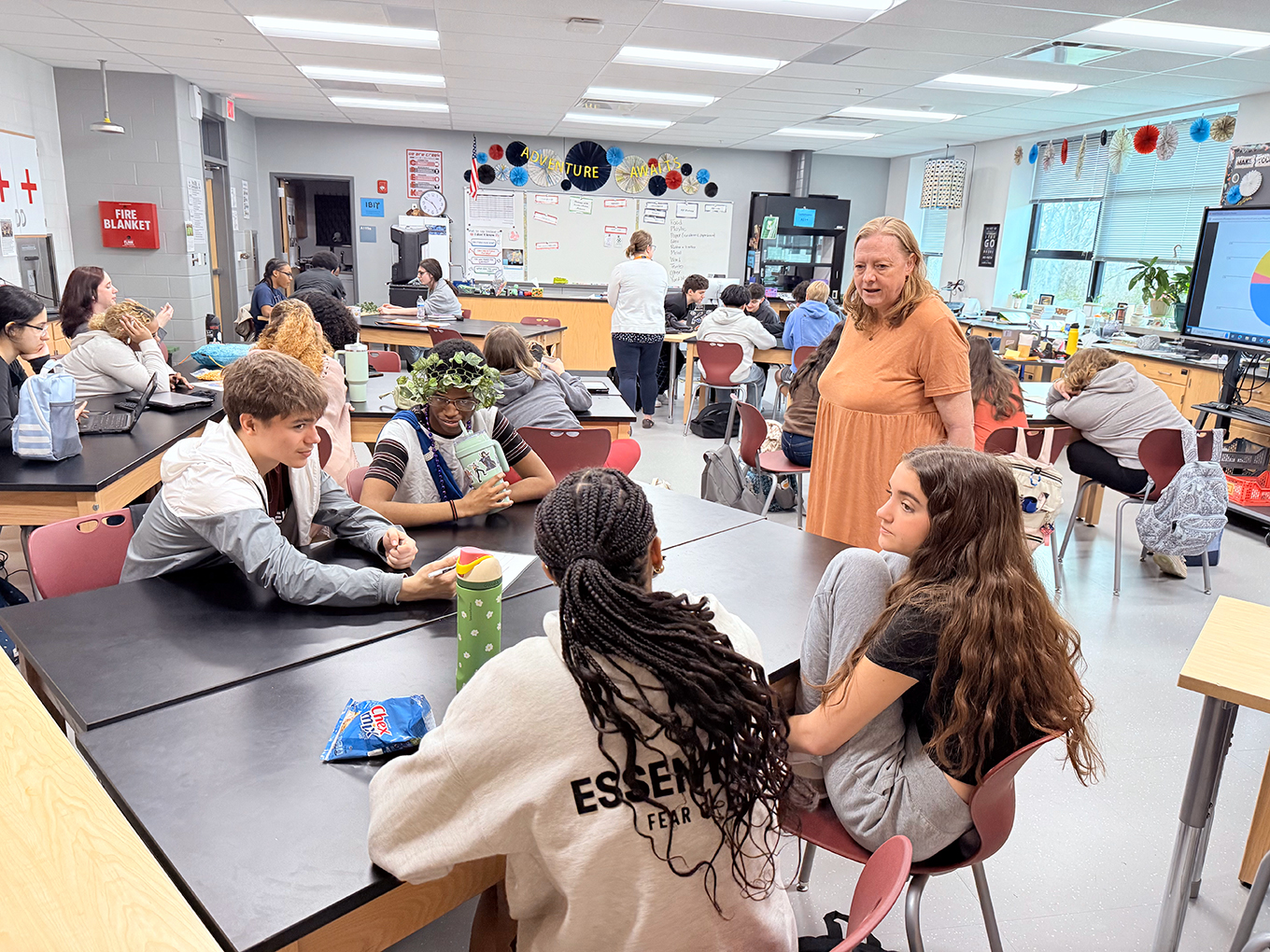
Brandy Beasley
By Brandy Beasley
brandy.beasley@education.ky.gov
As the 2015-16 school year was about to begin, a team of educators at Second Street Elementary School in Frankfort made the decision to give a new form of leadership a try – teacher leadership. They chose to participate in the Kentucky Network to Transform Teaching’s Activating Teacher Leadership Institute (ATLI) to help them capitalize on the expertise of teachers to improve the learning experience for their students.
Using 2015 K-PREP scores and 2015 spring MAP scores, the team made up of four teachers and a principal came to consensus that the school’s math scores were lower than average and that there was a need for improvement. Once the teacher leadership team identified the problem of practice, they developed an action plan to promote the professional growth of all teachers to improve math instruction.
To start the process, the team partnered with Kentucky Center for Mathematics to present a mathematics coherence task for all Second Street School math teachers. The mathematic standards are designed to progress coherently from grade level to grade level to help students build understanding, fluency and application of the mathematic standards from year to year. Mathematics coherence tasks for educators help them discover some of these math progressions.
Teachers were given cards as part of a card sort. On each card were various parts of the Kentucky Academic Standards for Mathematics for grades K-8. Each team of teachers had to identify to which grade level each standard belonged and sort the cards accordingly.
ATLI team members were strategically placed to help facilitate the card sort, helping teachers to recognize the progression of skills within each domain. This facilitation strategy gave teachers the opportunity to become more proficient in the mathematics standards surrounding their grade level and to become more aware of expectations within their given standards. This knowledge was applied to the teacher’s classroom assessments and instruction, which helped them understand that all grade levels are important and it’s imperative that they work together. Students need to see the interconnectedness of the standards, not just isolated skills.
After the team helped build the teachers’ knowledge of the expectations in the standards, they knew the next step would be to look for rigor in math tasks teachers were using in their classrooms. During grade level professional learning communities (PLC), K-8 teachers scored a math task for rigor using the EQuIP rubric as a scoring tool. Third-grade teacher Erin Chavez received training through Achieve and Student Achievement Partners in how to use these rubrics and tools. As a teacher leader, Chavez brought this information back to the teacher leadership team, where they decided to put the tools to use.
“I was fortunate to be a part of the Kentucky Core Advocate Mathematics Coherence Campaign and because of this, the tools and resources that I received fit perfectly with the need of our school,” she said. “This was the perfect opportunity to see if this campaign would shift teachers’ practices and students’ learning.”
The Second Street School team had teachers bring student work to the next vertical PLC, where they used the rubric to determine where each task fit in the progression of the standards and if the task was rigorous enough for their grade level.
As the teacher leadership team carried out their plan, the Activating Teacher Leadership Institute team and I – as their Kentucky Department of Education support – noticed that communication and collaboration had become intentional among teachers at all grade levels. Fourth-grade teacher Stephanie Starkey recalled a specific conversation with the 3rd-, 5th- and 7th-grade teachers about the rigor and coherence of their standards.
“I was able to see how what I was teaching was dependent on what 3rd grade taught and what 5th grade expects of my 4th-grade students, Starkey said. “This made me realize the importance of collaboration and how great of an impact it can have on student achievement.”
Due to the work of the Activating Teacher Leadership Institute team, teachers were provided with a plethora of resources for their mathematical toolboxes that they had never had before. A team was established for the sole purpose of identifying a need in the school and working together to find solutions to help meet that need. The process was not left up to one administrator or to teachers as individuals. This team worked together to provide resources for teachers. It was a much different approach to problem-solving for Second Street.
Second-grade teacher and ATLI team member Sarah Paul said she was thankful for the opportunity to provide input in the problem-solving process.
“Sometimes administration teams will make decisions without seeking teacher input first,” she said. “Teacher voice is so powerful because we know our students and what they need. Working on the ATLI team has allowed our voices to be heard. We are now able to share our vision and make positive changes that will impact our students.”
Because of the work of the Second Street ATLI team, teachers have received information about the shifts in the teaching of mathematics as well as the coherence of the standards. The ATLI team collected resources and teachers were encouraged to utilize them to enhance and support their students’ learning. The majority of Second Street’s teachers are now using strategies and mathematical tasks, such as formative assessment lessons and resources like Coherence Maps from Achieve the Core.
As the school year comes to an end, the teacher leadership team plans to offer a time of reflection. Teachers will have the opportunity to discuss their professional learning and provide feedback about the process. This data will help drive plans the team will make for next year.
The staff at Second Street Elementary School is looking forward to refining and improving this process in order to bring about the systematic change needed for student success. Leadership roles and additional professional responsibilities filled by teachers in a classroom for the sake of their students – that is teacher leadership.
Brandy Beasley has taught in Anderson County Schools for 16 years. She has served as a primary teacher, intermediate teacher and a curriculum resource teacher/instructional coach. Beasley now serves as the math interventionist for her school and works as a hybrid teacher in the field for KDE as a teacher leader on special assignment.




Leave A Comment